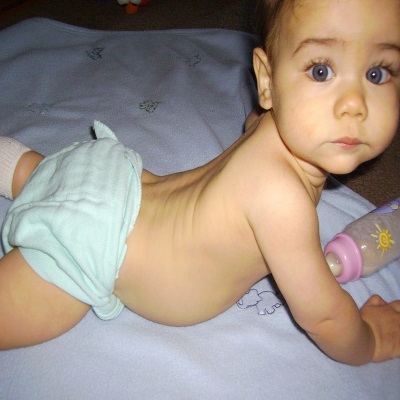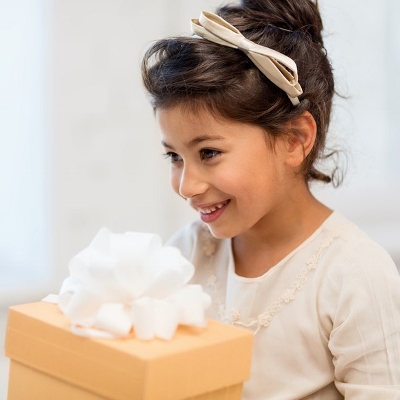 Does looking at your baby’s red bottom make you wince? How do you think it feels? Unfortunately, this is one of the most common problems in newborns and babies. I’ve used both cloth and disposable diapers with my three babies and it seems it just depends on the child’s sensitivities as to which will work best. Here are some tips to keep the diaper rash away.
Does looking at your baby’s red bottom make you wince? How do you think it feels? Unfortunately, this is one of the most common problems in newborns and babies. I’ve used both cloth and disposable diapers with my three babies and it seems it just depends on the child’s sensitivities as to which will work best. Here are some tips to keep the diaper rash away.
Diaper rash usually occurs when a child’s sensitive flesh comes in contact with urine and the acids of stool. If you’re using cloth diapers, it can be caused by laundry products, and with disposables, the paper products can cause sensitivity. It’s a matter of finding the right balance.
A mild diaper rash usually disappears without treatment, especially if you make sure your baby’s changed often, but here are some additional tips.
- If you’re using cloth diapers, add a quarter cup of plain white vinegar to each load during the final rinse cycle. Also remember to always rinse diapers twice to remove excess soap. Doing this vinegar rinse helps change the skin’s pH level to make it more acidic, thus keeping it more resistant to diaper rash.
- Use a non-soap product to clean your baby. If the little one has diaper rash, don’t use commercial baby wipes that contain alcohol and fragrance. Soap sometimes can be too harsh. Instead, when you’re changing a diaper, clean the skin with a non-soap product such as Cetaphil or Neutrogena liquid (original formula), rinse with cool water and then apply a soothing zinc oxide treatment such as Balmex or Desitin. This ointment should be reapplied after each diaper change.
- Nix the powders — they do nothing to protect against diaper rash and personally I don’t like the powdery mist that both my baby and I breathe into our lungs. In the old days, cornstarch was used, however some pediatricians feel that even cornstarch can make a diaper rash worse, especially if it’s caused by a yeast infection.
- Try the bare bottom treatment. Nothing is better than letting the air or sunshine hit your baby’s bare bottom. If possible, leave the diaper off for a while. If using cloth diapers, keep the rubber pants off when at home. And with disposables, you might try different brands. One may cause an irritation where another brand won’t. The brands that do not have a tight plastic edge are best when fighting a diaper rash so air can get inside.
You may need to seek treatment if your baby’s bottom is bright red and raw-looking — a yeast infection could be the problem. Sometimes a yeast infection will be superimposed on top of a contact dermatitis (allergic) reaction. A classic yeast rash is red with sharp raised borders with white scales. Small blisters can surround the main rash. If your baby’s diaper rash has not responded to simple home remedies within a couple days, it’s time to see the doctor. Sometimes prescription ointments may be required. Do not try to treat the rash with over-the counter-hydrocortisone creams; these creams can thin the skin and over time cause fissures (or cracks). It’s always best to seek help from your baby’s doctor.










